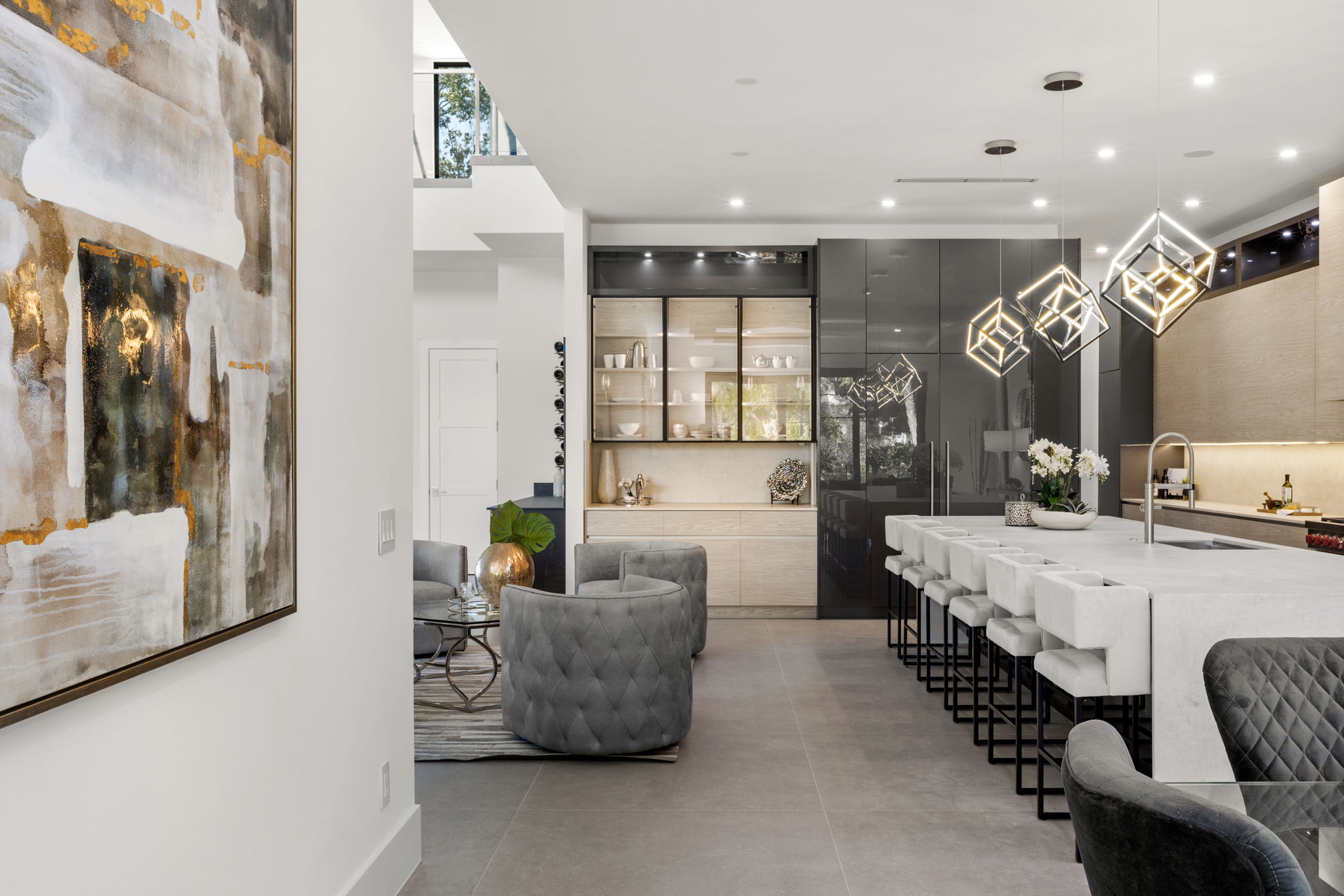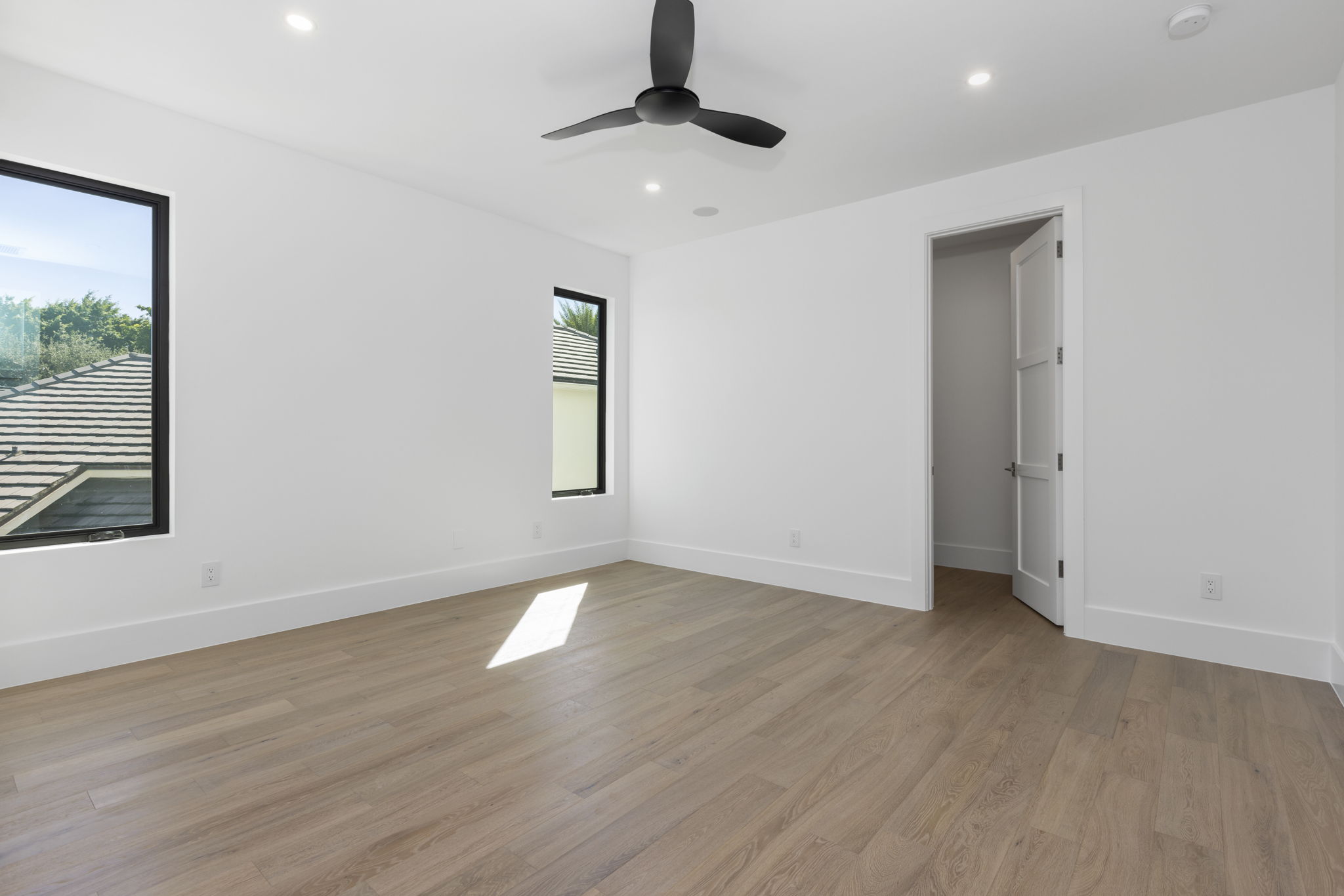
Discover the essential staging do’s and don’ts to elevate your space. Our blog guides you through expert tips for creating a captivating and market-ready environment. Avoid common pitfalls and unlock the secrets to successful home staging. Transform any space with our comprehensive guide!

Staging Do’s:
Do Maximize Curb Appeal
First impressions are everything. Your frontyard and entryway should be in tip top shape, creating a warm and inviting feeling that captivates potential buyers before they step foot into your home. Maximize curb appeal by cleaning up your lawn, making sure the grass is freshly cut, repainting your front door or even adding subtle decor to the entryway.
Do De-Personalize Your Home
Remove all personal items such as family photos, custom decor, or unique artwork. De-personalizing a home can help buyers envision the space as their own. While it’s hard to predict people’s taste, sticking to a less personalized, neutral aesthetic can make all the difference in allowing buyers to create their own vision.
Do Focus on the Main Rooms
We know that staging every corner of your home can be overwhelming. Focus your attention on the main areas such as the living room, kitchen, and master bedroom. These are the most impactful spaces in a home that can really win over potential buyers.

Staging Don’ts:
Don’t Store Excess Clutter
A cluttered home can make a potential buyer think there is not enough space in the home to live comfortably. Avoid piling clutter in the garage or closets, and consider off-site storage space. The last thing you want is for your house to seem too small or not spacious enough.
Don’t Over-stage
Over-staging a home defeats the purpose of staging itself. Buyers love to envision how they can work with the layout of a home – make this easy for them by leaving as much open space as possible. The goal is to make the spaces look easily transformable, and over-staging does the complete opposite.
Don’t Ignore the Little Things
Some examples of the little things include lingering odors, pet-related problems, or small fixes such as updating fixtures or fixing a leaking faucet. Buyers notice the little things, and it’s the little things that can really put them off of a home. There’s no need for a full renovation, but tackling the little things will take you very far.
Social Cookies
Social Cookies are used to enable you to share pages and content you find interesting throughout the website through third-party social networking or other websites (including, potentially for advertising purposes related to social networking).